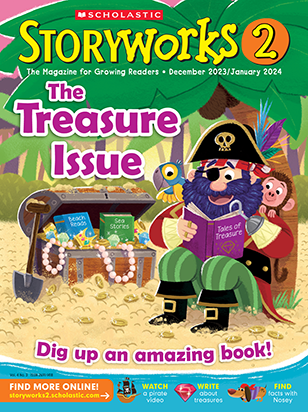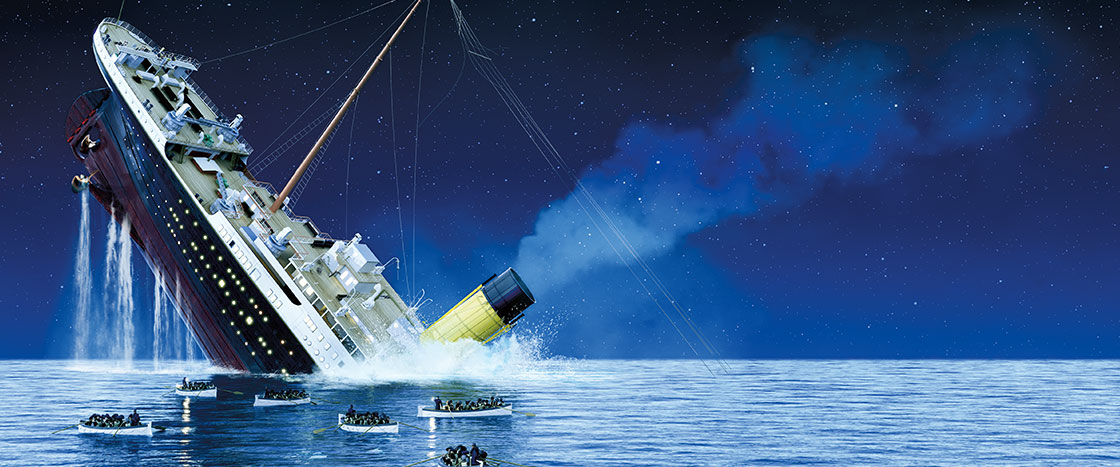It was April 14, 1912. A new ship sped across the Atlantic Ocean. It was called the Titanic.
Stars sparkled in the night sky. The sea was calm. This was the Titanic’s first trip.
But the ship was already famous. It was the biggest ship that had ever been built. It was so fancy that people said it was like a palace on the sea. Many people said it was the safest ship ever made.
And then something terrible happened.
At 11:40 p.m., the Titanic hit an iceberg. An iceberg is a giant piece of ice that floats in the water.
The iceberg ripped open the side of the ship. Water poured into the ship!
The Titanic sank. Some people got away on smaller boats called lifeboats. But many people died.
Would the Titanic ever be seen again?
The Titanic was crossing the ocean on April 14, 1912. It was the ship’s first trip. The ship was famous already. It was big. It was fancy.
Then something terrible happened. The Titanic hit an iceberg. An iceberg is a giant piece of ice in the water.
The Titanic started to fill with water. Some people got away on smaller boats. But many people died. The Titanic sank.
It was April 14, 1912, and a new ship, called the Titanic, sped across the Atlantic Ocean.
Stars sparkled in the night sky, and the sea was calm. This was the Titanic’s first voyage.
The ship was already famous because it was the biggest ship that had ever been built. People compared it to a palace on the sea because the ship was so fancy. Many people said it was the safest ship ever built.
And then something terrible happened.
At 11:40 p.m., the Titanic struck an iceberg, a giant piece of ice floating in the water.
The iceberg ripped open the side of the ship. Water flooded into the ship!
The Titanic sank. Some people got away on smaller boats called lifeboats, but many people died.
Would the Titanic ever be seen again?

